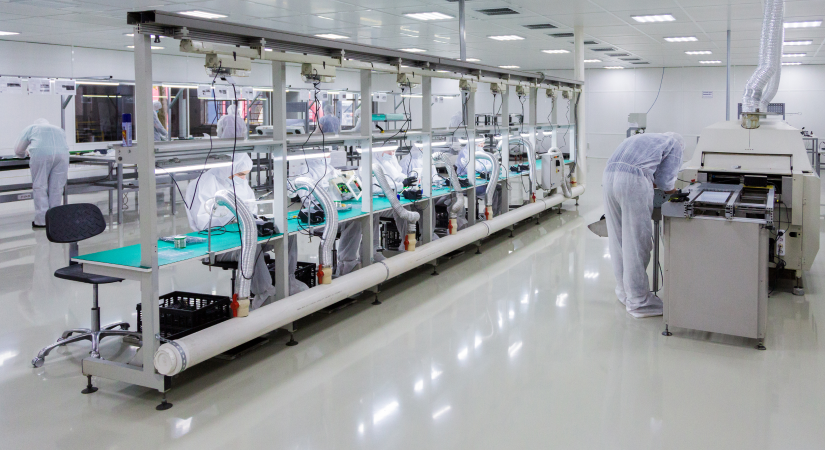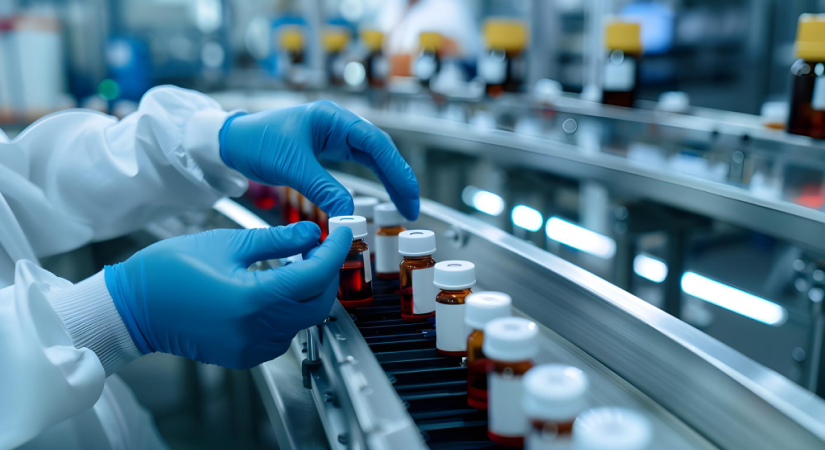Pharma Manufacturing
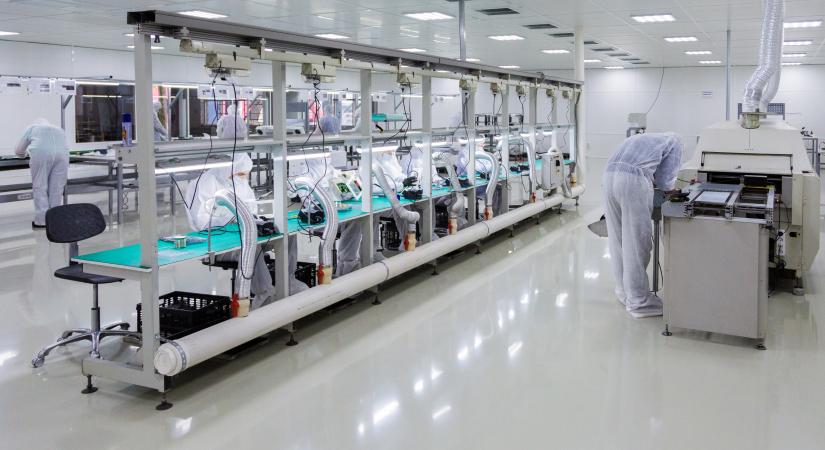
Building KSM Manufacturing Clusters: Opportunities For SMEs In The Pharmaceutical Industry
Vaibhavi M. | Dec 06, 2025
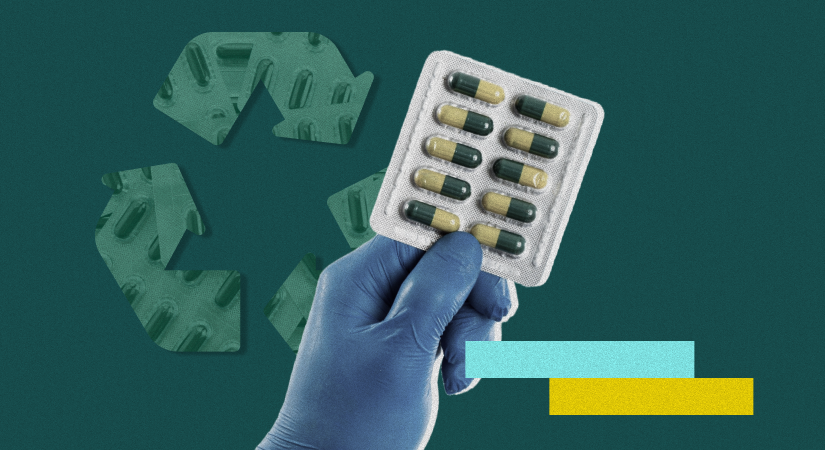
PVC-Free, Recyclable, and Compostable Blister Packs: The Future of Green Pharma Packaging
Ravindra Warang | Jun 23, 2025
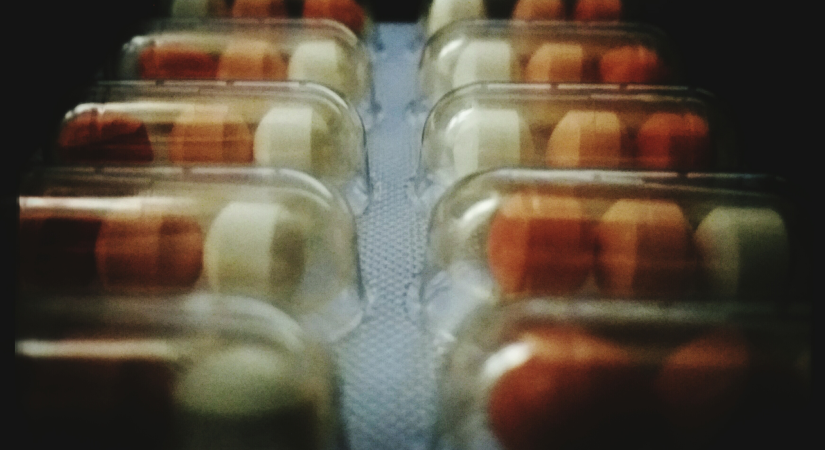
Smart Blister Packaging: How IoT and AI Are Transforming Patient Adherence
Ravindra Warang | Jun 21, 2025
Other trending pieces on pharma manufacturing you may like to read
Water Stewardship in High-risk Zones: Pharma’s Call to Action in 2026
Why water stewardship is critical for pharma manufacturing in 2026 and how it impacts global health, supply chains, and community resilience.
by Thaddeus Anim-Somuah

From Generics Giant To Biologics Powerhouse: India’s Next Big Pharma Revolution
India is transitioning from generics dominance to a global biologics and biosimilars leader, shaping the future of advanced therapies.
by Simantini Singh Deo

API Manufacturing Automation: How Robotics Are Reducing Risks In Hazardous Steps?
Automation and robotics are transforming API manufacturing with better safety, precision, and efficiency across hazardous steps.
by Simantini Singh Deo

Production Linked Incentive (PLI) Schemes: Impact On The API Ecosystem In The Pharmaceutical Manufacturing Industry
India’s PLI scheme is rebuilding API manufacturing with local capacity, tech upgrades, and reduced import dependence.
by Vaibhavi M.
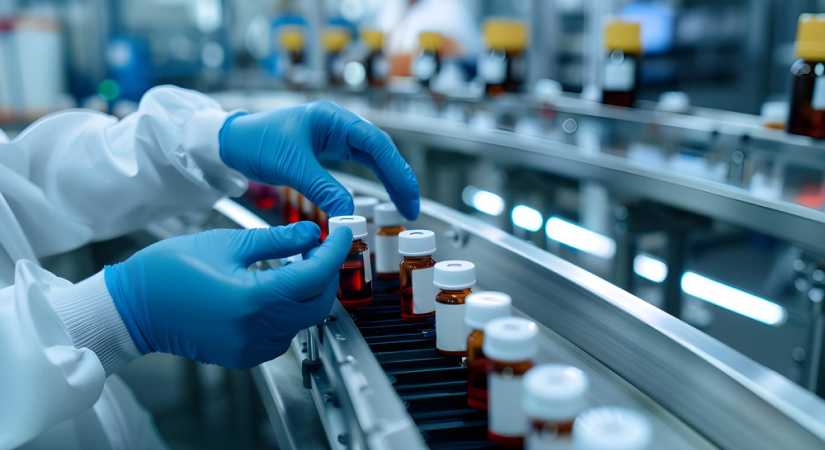
Building KSM Manufacturing Clusters: Opportunities For SMEs In The Pharmaceutical Industry
How KSM clusters drive SME growth, lower costs, and build resilient pharma supply chains.
by Vaibhavi M.
